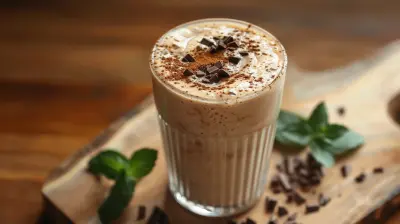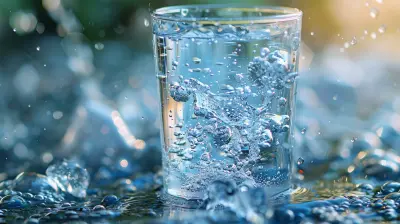The Best Anti-Aging Techniques for Your Hair
29 May 2025
Aging isn’t just about wrinkles and fine lines—it affects your hair, too. As the years pass, you may notice your locks becoming thinner, drier, and losing their youthful shine. But don’t panic! Just like skincare routines help maintain youthful skin, there are effective ways to keep your hair looking vibrant and healthy as you age.
In this guide, we'll dive into the best anti-aging techniques for your hair, so you can maintain luscious, youthful locks for years to come.
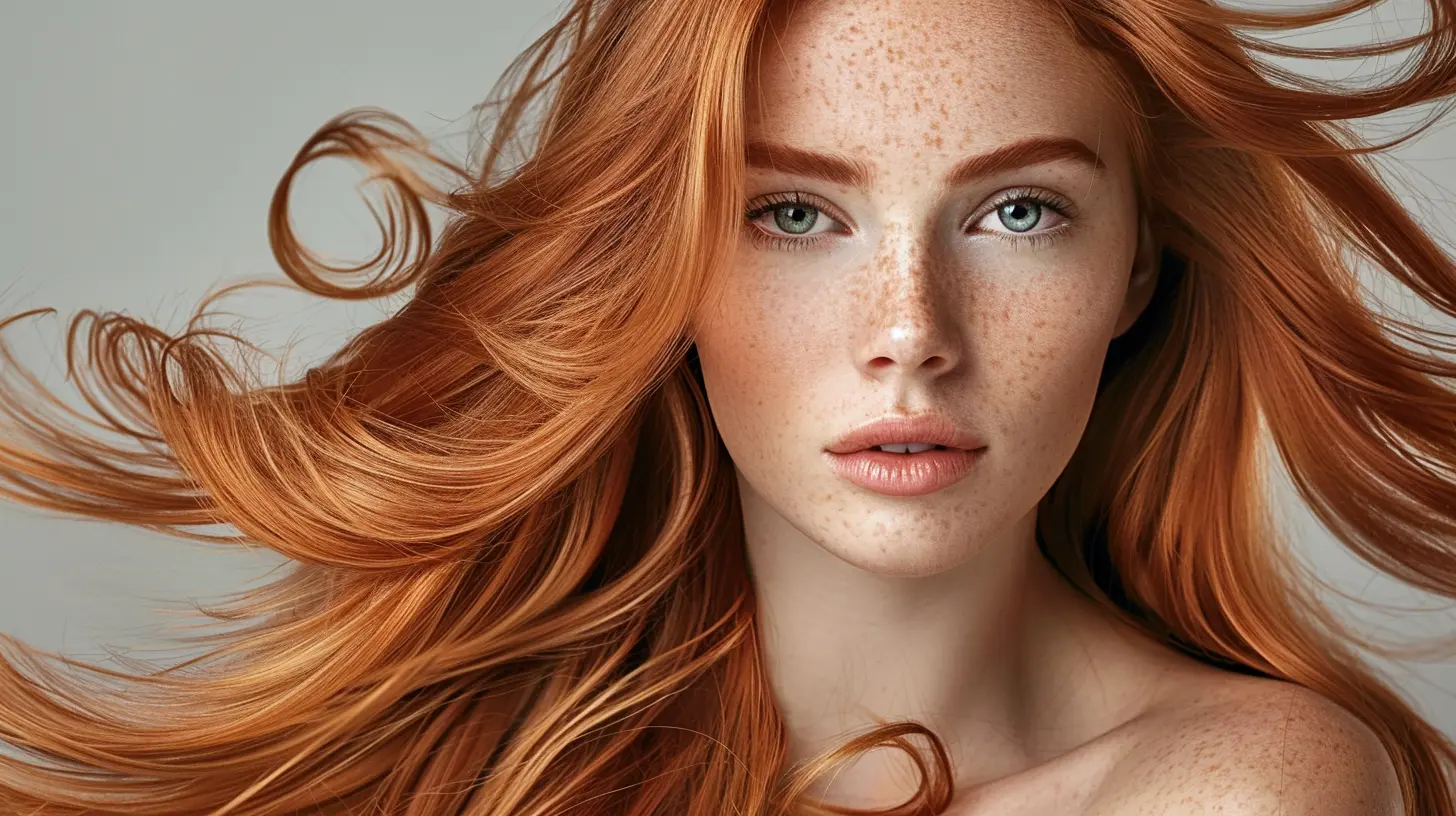
Why Does Hair Age?
Before we get into solutions, let's address the problem. Why does hair age in the first place?As you grow older, several changes occur in your hair:
- Reduced Keratin Production – Keratin is the protein that keeps your hair strong and smooth. With age, your body produces less of it, leading to weaker, brittle strands.
- Slower Hair Growth – Hair follicles slow down their growth cycle, making it harder to replace lost hair.
- Melanin Reduction – This leads to graying hair, as melanin is responsible for your hair's natural color.
- Decreased Sebum Production – Oil glands in the scalp produce less sebum, leading to dryness and dullness.
Now that we know what's happening, let’s talk about how to fight back against these changes!
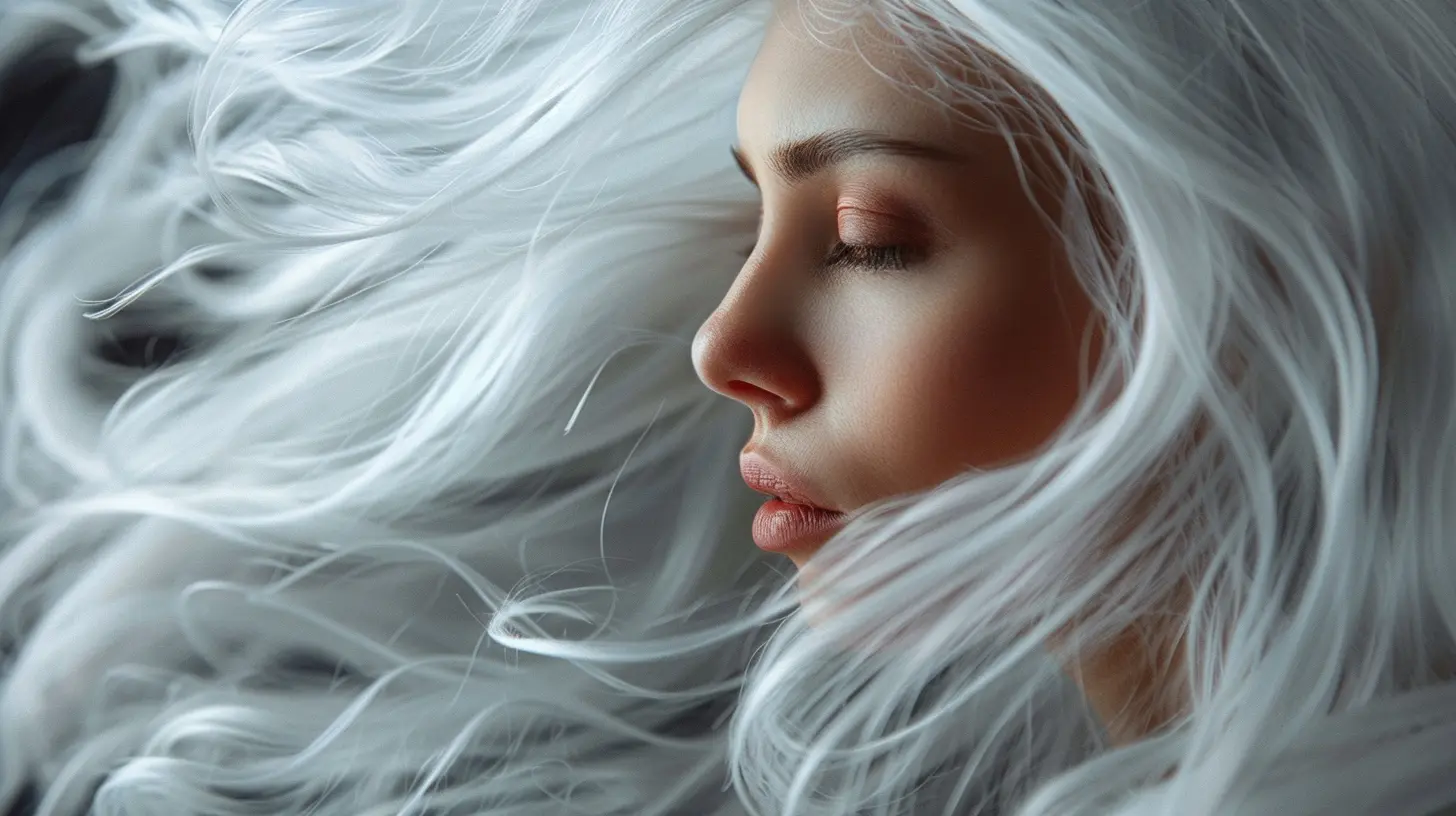
1. Maintain a Healthy Scalp
Think of your scalp as the soil in which your hair grows. If the foundation isn’t healthy, your hair won’t be either.Keep Your Scalp Clean and Hydrated
A buildup of dirt, oil, and dead skin can clog hair follicles, preventing healthy growth. Wash your hair regularly with a gentle, sulfate-free shampoo to keep the scalp fresh without stripping away essential oils.Massage for Better Circulation
Scalp massages can work wonders. They stimulate blood circulation, bringing oxygen and nutrients to the follicles. Use your fingers or a soft-bristle brush to massage your scalp in circular motions for about 5 minutes a day.Exfoliate Occasionally
Just like your face, your scalp can accumulate dead skin cells. Using a scalp scrub once a week helps keep follicles unclogged and promotes healthier growth.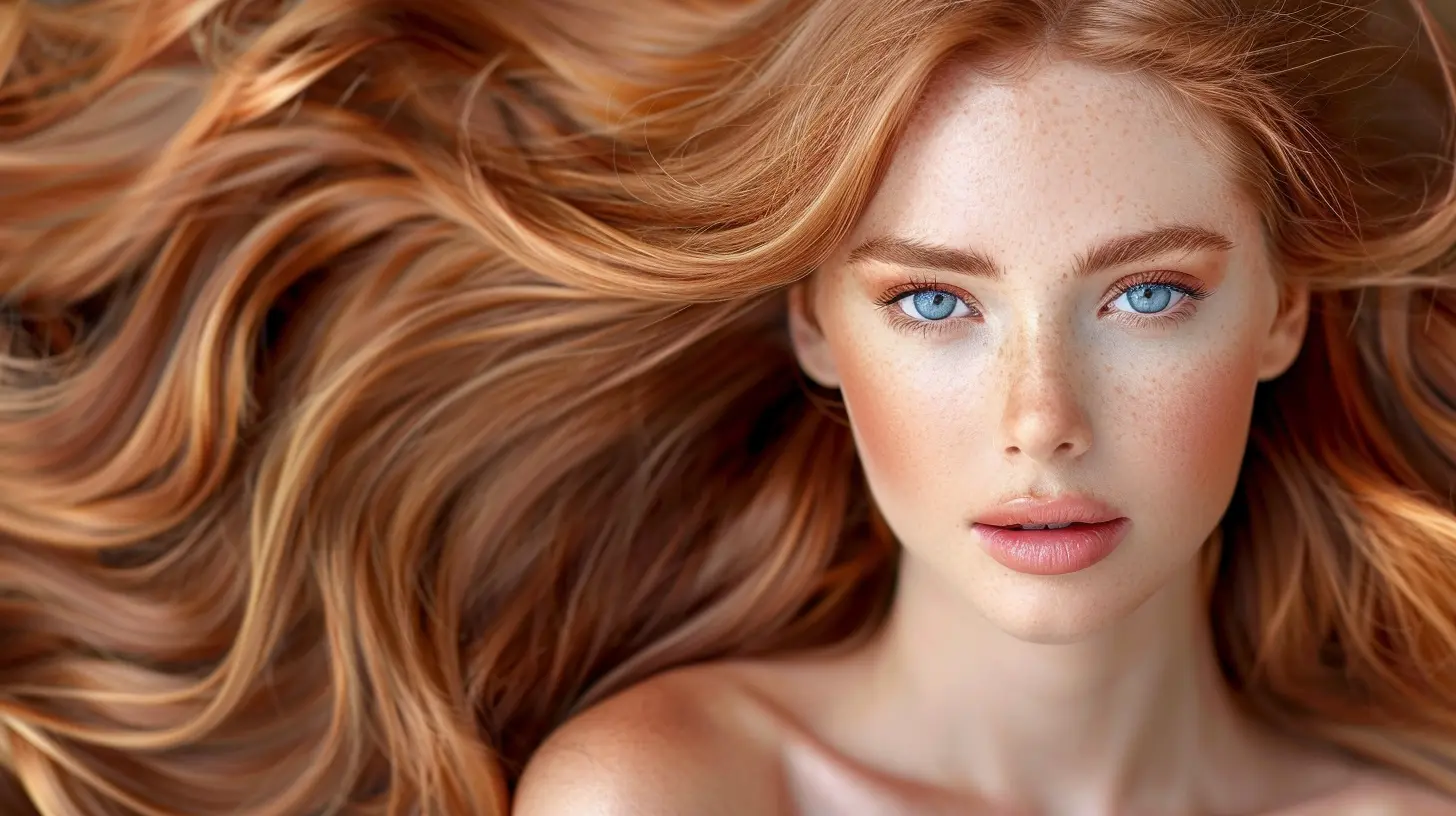
2. Nourish Your Hair from Within
What you eat has a direct impact on the health of your hair.Protein is Key
Since hair is primarily made of protein, consuming protein-rich foods like eggs, fish, lean meats, and legumes can help maintain strength and thickness.Essential Vitamins & Minerals
- Biotin – Often called the “hair vitamin,” biotin improves keratin infrastructure.- Vitamin D – Plays a role in hair follicle health.
- Omega-3 Fatty Acids – Found in fish and flaxseeds, they keep hair hydrated and prevent breakage.
- Iron & Zinc – These minerals help hair follicles stay strong and prevent thinning.
Hydration also matters! Drink enough water to keep your scalp and hair adequately moisturized.
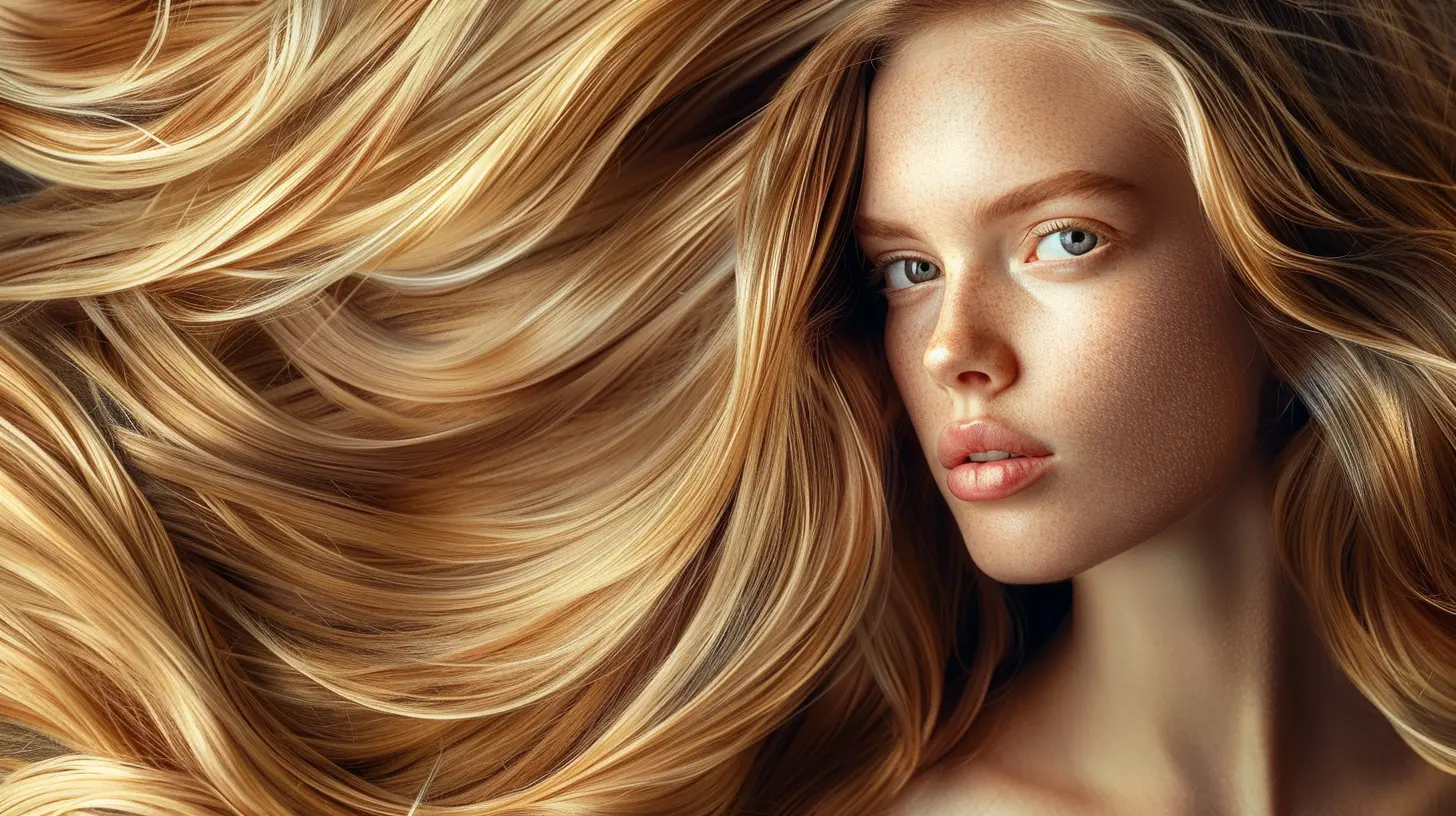
3. Use Anti-Aging Hair Products
Not all hair products are created equal. Look for anti-aging hair care formulas that specifically target signs of aging.Sulfate-Free Shampoo & Conditioner
Sulfates strip your scalp of natural oils, making hair drier and more brittle. Opt for a moisturizing, sulfate-free option to maintain hydration.Keratin & Collagen Treatments
These treatments reinforce hair structure, add elasticity, and fight breakage. Look for shampoos, masks, or leave-in treatments enriched with these proteins.Heat Protectants Are a Must
If you frequently use heat styling tools, always apply a heat protectant to prevent further damage. Excessive heat can weaken hair’s protein structure, making it more prone to aging effects like breakage and dullness.4. Minimize Damage
Aging hair is fragile, so it's important to treat it with care.Be Gentle When Brushing
Use a wide-tooth comb or a brush with soft bristles to detangle hair gently. Avoid yanking or pulling, especially when hair is wet (that’s when it’s at its weakest).Avoid Overwashing
Washing your hair too often strips it of its natural oils. Try washing every 2-3 days or as needed, and use dry shampoo in between to refresh your scalp.Reduce Heat Styling
Frequent use of blow dryers, curlers, and straighteners can weaken hair over time. Whenever possible, air-dry your hair or use the lowest heat setting.Switch to Silk Pillowcases
Cotton pillowcases cause friction, leading to breakage and frizz. Silk or satin pillowcases prevent excess tugging and keep hair smoother overnight.
5. Deep Condition & Hydrate
Dry hair is one of the biggest markers of aging. Keep your locks hydrated and resilient with deep conditioning treatments.Weekly Hair Masks
Invest in a hydrating or protein-based hair mask once a week to restore moisture and strength. Look for key ingredients like:- Argan Oil – Rich in antioxidants and hydration.
- Shea Butter – Provides deep conditioning.
- Coconut Oil – Strengthens and reduces protein loss.
Leave-In Conditioners
Applying a lightweight leave-in conditioner keeps hair moisturized throughout the day, preventing dryness and breakage.6. Consider Professional Treatments
If your hair has lost a significant amount of volume or shine, you may want to explore professional treatments.Scalp Microneedling
This technique stimulates collagen production in the scalp, which can help strengthen hair follicles and encourage new growth.PRP Therapy (Platelet-Rich Plasma)
A dermatologist injects platelets from your own blood into your scalp to stimulate hair regrowth. It’s becoming an increasingly popular option for thinning hair.Keratin or Olaplex Treatments
Keratin treatments help smooth and strengthen hair, while Olaplex treatments repair and rebuild damaged bonds within the hair shaft.
7. Manage Stress & Hormonal Changes
Stress and hormones play a major role in hair health. If you’ve been experiencing sudden hair thinning, stress or hormonal fluctuations may be the culprit.Practice Stress Management
Consider activities like yoga, meditation, or regular exercise to keep stress levels in check. Chronic stress can trigger hair shedding, so finding ways to relax is crucial.Check Hormonal Imbalances
Hormones such as estrogen, testosterone, and thyroid hormones impact hair growth. If you're noticing excessive hair loss, consult a doctor to rule out hormonal imbalances or underlying medical conditions.8. Embrace Hair-Friendly Hairstyles
Tight ponytails and buns can put a strain on your hair, leading to breakage. Opt for loose hairstyles that don’t pull too tightly on your strands.Protective Hairstyles
Consider styles like braids, loose buns, or low ponytails to reduce daily wear and tear.Avoid Elastic Bands with Metal
Metal hairstyling accessories can cause breakage. Instead, use fabric-covered elastics or spiral hair ties.
9. Trim Regularly
Split ends make hair look unhealthy and frayed. A trim every 6-8 weeks prevents splits from traveling up the hair shaft, keeping your ends healthy and polished.Final Thoughts
Aging is inevitable, but bad hair doesn’t have to be. With the right care, products, and lifestyle choices, you can maintain youthful, healthy hair well into your later years. Prioritize scalp health, hydration, and nourishment, and treat your strands with a little extra TLC.By following these anti-aging hair techniques, you’ll keep your locks looking as radiant and vibrant as ever!
all images in this post were generated using AI tools
Category:
Anti AgingAuthor:

Laura Hudson
Discussion
rate this article
3 comments
Rook Clayton
Aging gracefully? Sure! But let's not let our hair in on the secret! With these anti-aging tips, you can keep your locks as youthful as your spirit—because who says your hair can't be ageless too?
June 20, 2025 at 3:34 AM

Laura Hudson
Thank you for your fun take! Embracing our hair's vitality is just as important as nurturing our inner youth. Let’s keep those locks vibrant together!
Karina Beck
Great article! It's essential to prioritize hair health as we age. The tips you shared are practical and easy to incorporate into daily routines. Thank you!
June 4, 2025 at 4:35 AM

Laura Hudson
Thank you for your kind words! I’m glad you found the tips helpful. Prioritizing hair health is indeed crucial as we age!
Samuel Johnson
Incorporating proper nutrition, regular scalp massages, and minimizing heat styling can effectively promote healthier, more youthful-looking hair and combat signs of aging.
June 2, 2025 at 4:05 PM

Laura Hudson
Absolutely! Prioritizing nutrition, scalp care, and reducing heat styling are essential for maintaining vibrant, youthful hair.
